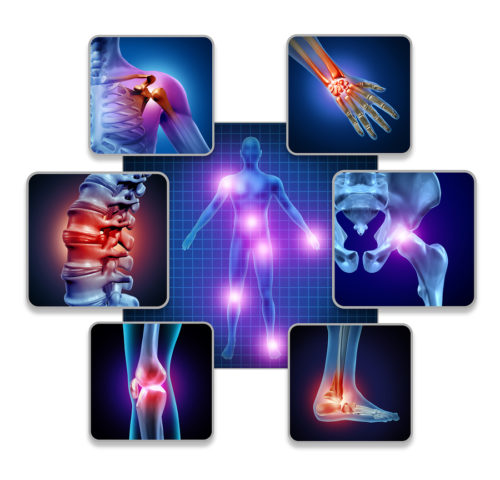
What is the Diagnostic Treatment Protocols Regulation (DTPR)?
The Diagnostic Treatment Protocols were put into place to help people injured in car accidents gain quicker and easier access to treatment. Before these regulations were introduced, insurance companies were not required to allow direct billing for individuals seeking treatment for their injuries. Instead, if you were injured in a car accident, you would have to pay out of pocket for your treatments, and later seek to be reimbursed by your insurance company.
Now, with the DTPR, if you are diagnosed with certain injuries, a certain number of treatments are automatically approved, and the costs of these treatments are directly billed to your insurance company so that you can start treatment as soon as possible.
Moustarah & Company
Edmonton Personal Injury Lawyers – Car Accident Lawyer Edmonton
Call to book a consultation: 780-428-6565
Edmonton: 10150 100 St NW #400
When does the DTPR apply?
The DTPR generally applies to sprains, strains, and whiplash associated disorders (WAD). Therefore, if you are diagnosed with a sprain/strain or a grade I or II whiplash injury after your car accident, you can choose to be treated under the Diagnostic Treatment Protocols.
However, if you are diagnosed with other types of injuries including a grade III or IV whiplash injury, fractures, dislocations, or internal injuries (among others) the DTPR does not apply.
In-protocol vs. Out-of-Protocol
If you are initially diagnosed with a grade I whiplash injury, under the DTPR you are automatically entitled to 10 treatments. If you are initially diagnosed with a grade II whiplash injury, under the DTPR you are automatically entitled to 21 treatments. The costs of these initial treatments are billed directly to your insurance company and are considered to be “in protocol” treatments.
Your insurance company may make it sound as though these initial 10 or 21 treatments are all that you are entitled to, but this is not the case.
Through your Section B benefits, you are entitled to coverage for the treatments required for your recovery for 2 years after the date of your car accident. Therefore, if after you have finished your initial in-protocol treatments, you still require further treatment, you can start to receive treatment “out of protocol”. While your diagnosis will likely remain unchanged (i.e., WAD I or WAD II), you will still become subject to the terms associated with “out of protocol” treatments, which can be found below.
However, if you are initially diagnosed with an injury that the DTPR does not apply to, like a fracture, you will automatically be considered “out of protocol”.
What happens once I am classified as “out of protocol”?
Once you are classified as “out of protocol” your Section B insurer will require that you start accessing any other benefits that you might have available to you for coverage of your treatments before they will allow you to access your Section B coverage. If you do not have any other benefits available to you, or your other benefits do not fully cover the costs of your treatments, your Section B insurer will step-in.
Further, once you are out of protocol, your insurance company might start requiring that you pay for your treatments out of pocket, then submit the receipts for reimbursement, rather than allowing direct billing. Of course, you are free to speak with your insurance company directly and try to convince them to allow direct billing, even if you are “out of protocol”.
Despite all of the above, you can rest assured that your insurance company is always required to cover your required treatments, even once you are “out of protocol”.

